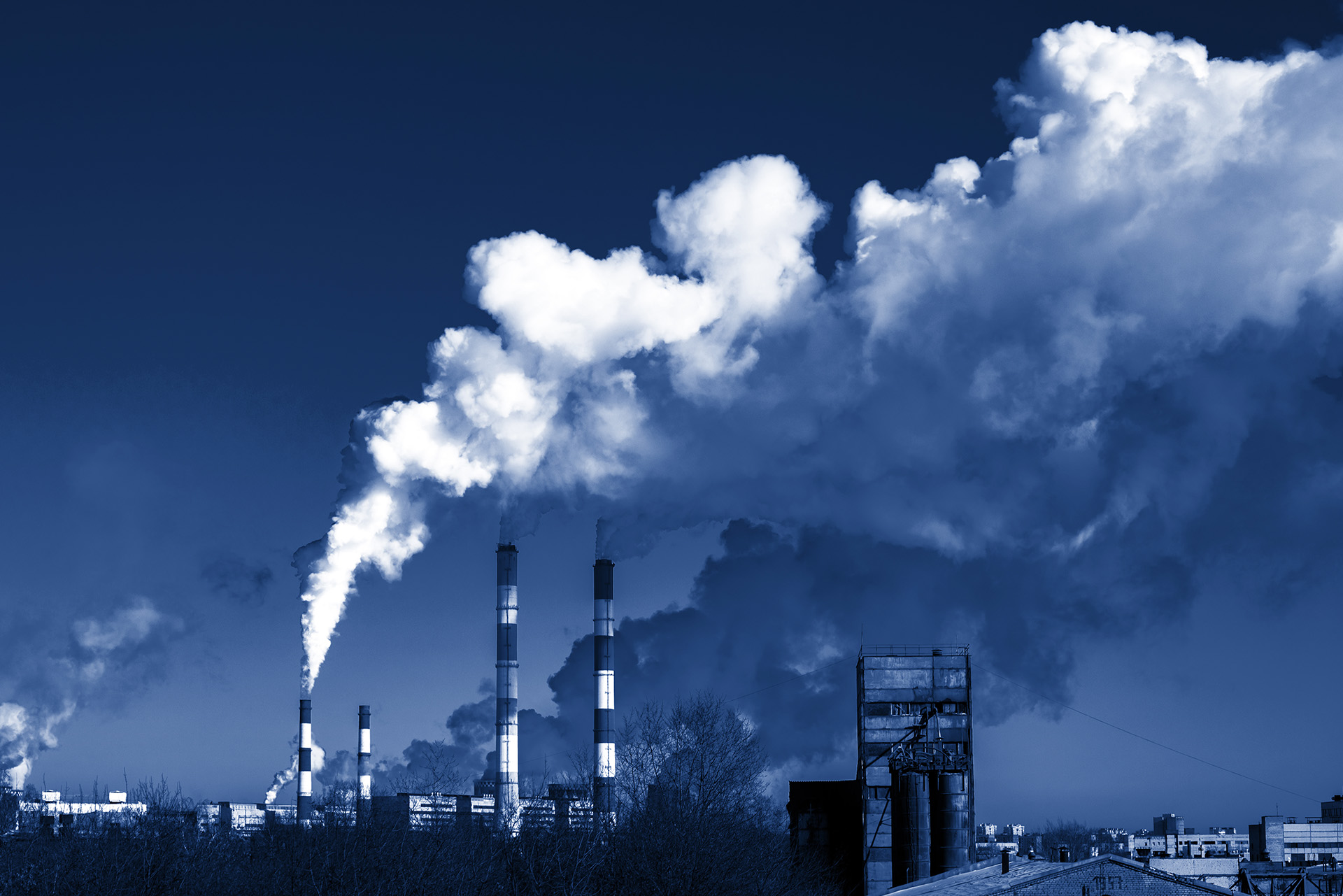The COVID-19 pandemic has brought many uncertainties, but one thing has certainly not changed: EU ambition to become climate neutral by 2050. In addition to achieving net zero carbon emissions, reducing methane emissions, the second most important greenhouse gas, contributes to the goals of keeping temperatures within the limits set by the Paris Agreement.
The oil and gas industry is part of this joint effort to cut emissions to limit global warming, reduce pollution and improve air quality.
Also, the credibility of using natural gas to decarbonize energy systems depends on minimizing methane emissions.
Natural gas has multiple benefits.
They have a low cost per unit of energy, provide flexibility to the power generation system and ensure continuous access to energy.
From a climate point of view, they are the lowest-carbon fossil fuel that can rapidly improve air quality by replacing coal.
In addition, leading companies in the sector have taken action to limit methane (CH4) emissions by joining international treaties, voluntary emission reduction initiatives and supporting regulations.
Some are committed to a near-zero methane future. For example, Shell, one of the world's largest oil and gas companies, has set itself the target of a portfolio of net-zero emission activities by 2050 or earlier.
Methane emissions strategy part of Green Deal
European Green Deal identified methane emissions as an important and urgent problem requiring action.
That's why the European Commission (EC) is working on an integrated strategy.
The paper will outline how the EU plans to reduce methane emissions, focusing on the three main sources of man-made emissions: agriculture, energy and waste.
In addition to reducing these emissions, the strategy aims to exploit synergies between the three areas, such as biogas production.
At EU level, the agricultural sector contributes more than half of total methane emissions, according to data presented by the EC in Strategy roadmap. Even though they have fallen by 21% since 1990, the last 5 years have seen increases in this sector again.
On the other hand, methane emissions are "more difficult to accurately monitor, verify and report, requiring clear methodologies to accurately capture any mitigation efforts", the EC said in the document.
The energy sector (coal, natural gas, oil) is in second place, accounting for an estimated 15-20% of total methane emissions. In addition, reducing methane emissions from natural gas production will be crucial, as the climate impact of methane emissions is at least 34 times greater than that of CO2.
"In the energy sector, leak detection and repair programs, as well as tackling "leak leak detectors" can be a very effective action," notes the European Commission.
On average, 5% of polluting sources in the energy sector contribute to 50% of emissions ('super-emitters').
On the other hand, "The EU imports most of the natural gas it consumes, and most of the methane emissions associated with natural gas are emitted before it reaches the EU's borders, which is why it is important for the EU to tackle methane emissions along the energy supply chain." says the EC.
Energy transition will require significant investment
In July, the EC opened consultations on methane emissions, so that the future strategy can take into account the public's views and input on this important issue.
The International Association of Oil and Natural Gas Producers (IOGP) has issued a position paper showing European industry's support for climate neutrality targets by 2050.
"There are many challenges on the road to achieving these goals. The energy transition will require significant investment and behavioral changes, and our industry is ready to contribute to these", reads the association's position.
According to it, Methane is the second most important greenhouse gas (GHG), accounting for about 10% of total GHG emissions in 2017. It also has an atmospheric lifetime of 8-12 years, much shorter than carbon, which persists for centuries.
However, the gas production industry is strongly committed to reducing these emissions and has already taken many steps in this direction, including measures to reduce methane emissions from flaring and venting, but also across the entire gas value chain.
Incidentally, Compared to 1990, total methane emissions decreased by 37% in 2016, IOGP showsciting data from the European Environment Agency.
According to the association, Methane emissions from natural gas industry operations accounted for 6% of total methane emissions, equivalent to 0.6% of total GHG emissions.
"New technologies, such as measurements by aircraft, satellites or drones, digitization, etc., will help to improve the detection, quantification, measurement of methane emissions." says the association. You can read their full proposal for the European Commission's new methane strategy HERE.
Renewable methane, source for clean transportation
For methane emissions from waste, one solution is capturing methane and using it as fuel - and here's renewable methane! Biomethane production is the process of converting waste into a local green fuel that can power natural gas vehicles, shows gmobility.eu, a platform of The Natural & bio Gas Vehicle Association (NGVA Europe). Find more on this topic HERE.
Moreover, in Europe, the number of biomethane plants has increased by 51% in 2 years, from 482 in 2018 to 729 in 2020, the latest edition shows of the European Biomethane Maplaunched by The European Biogas Association (EBA) and Gas Infrastructure Europe (GIE) (find the press release HERE).
Germany has the highest rate, with 232 plants, followed by France (131) and the UK (80). Some of these also produce compressed natural gas (CNG) or liquefied natural gas (LNG) bio.
Romania is currently not on this map, although biomethane from waste and biomass offers important synergies with natural gas, as we show in previous article. And Romania has huge potential to use natural gas in this area of transportation.





